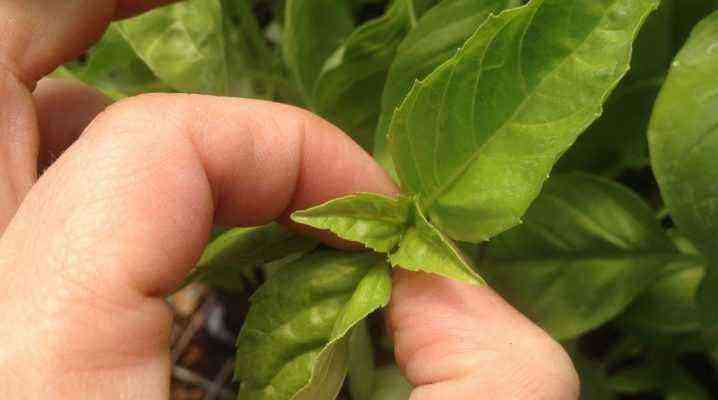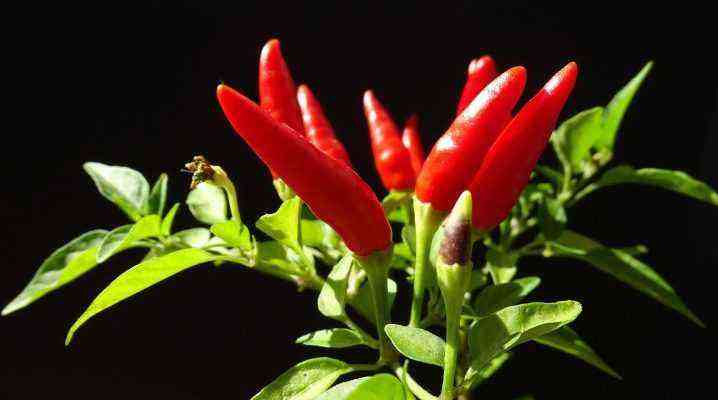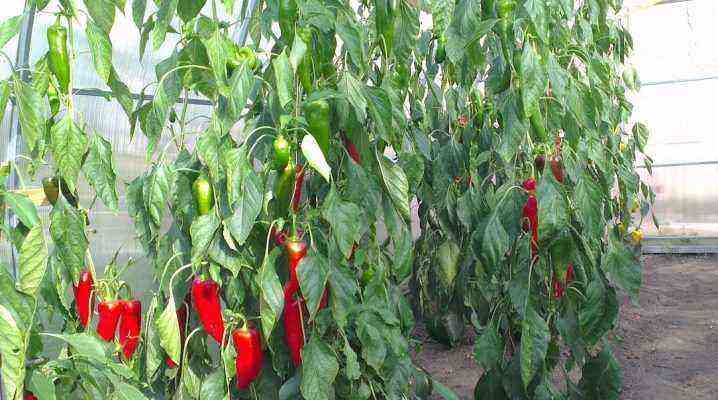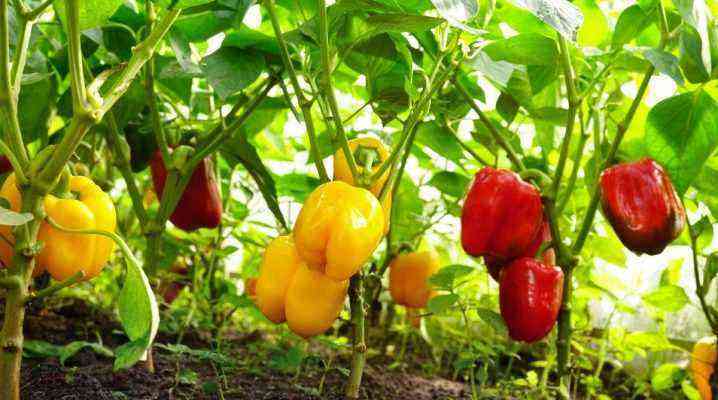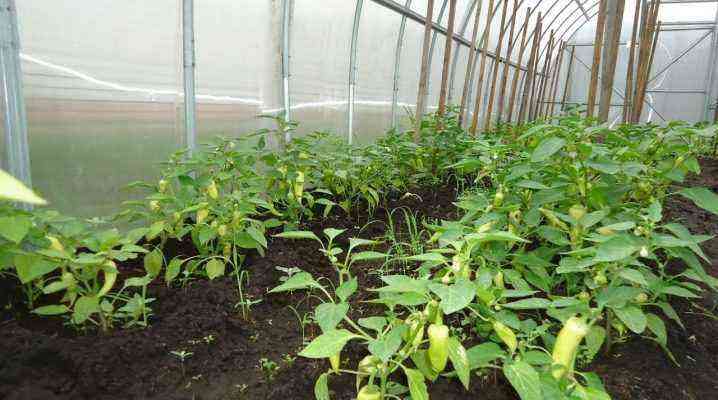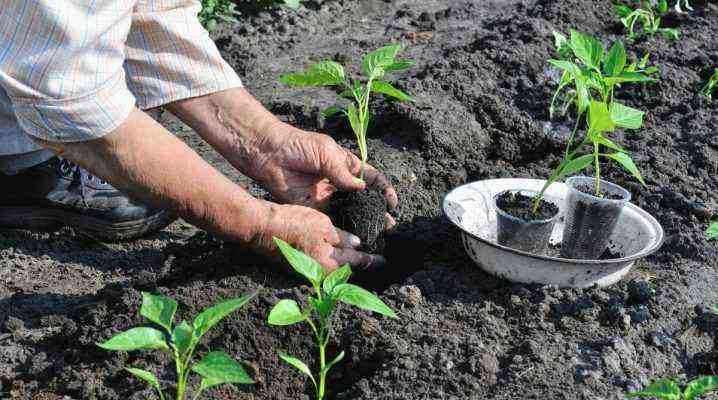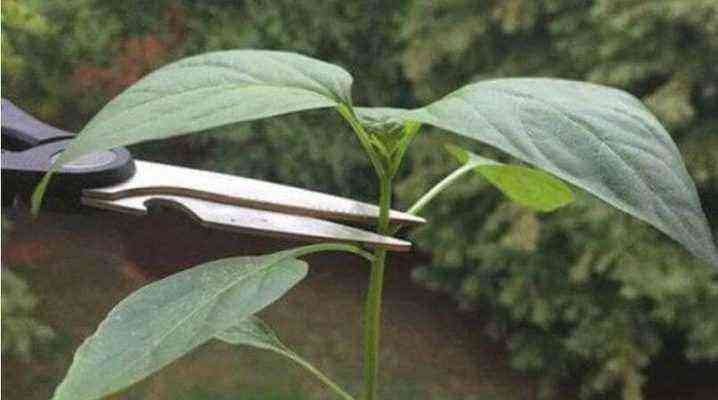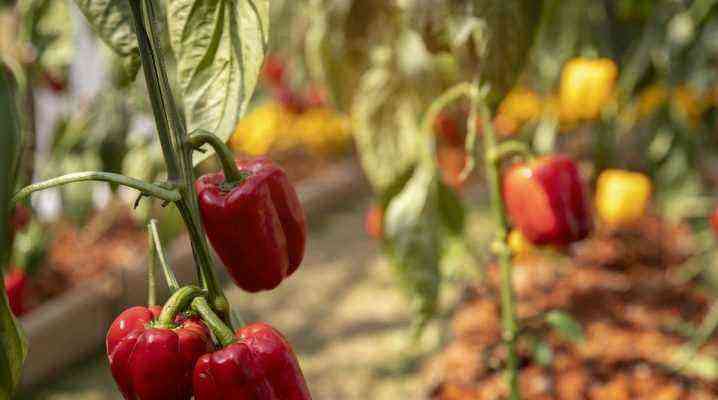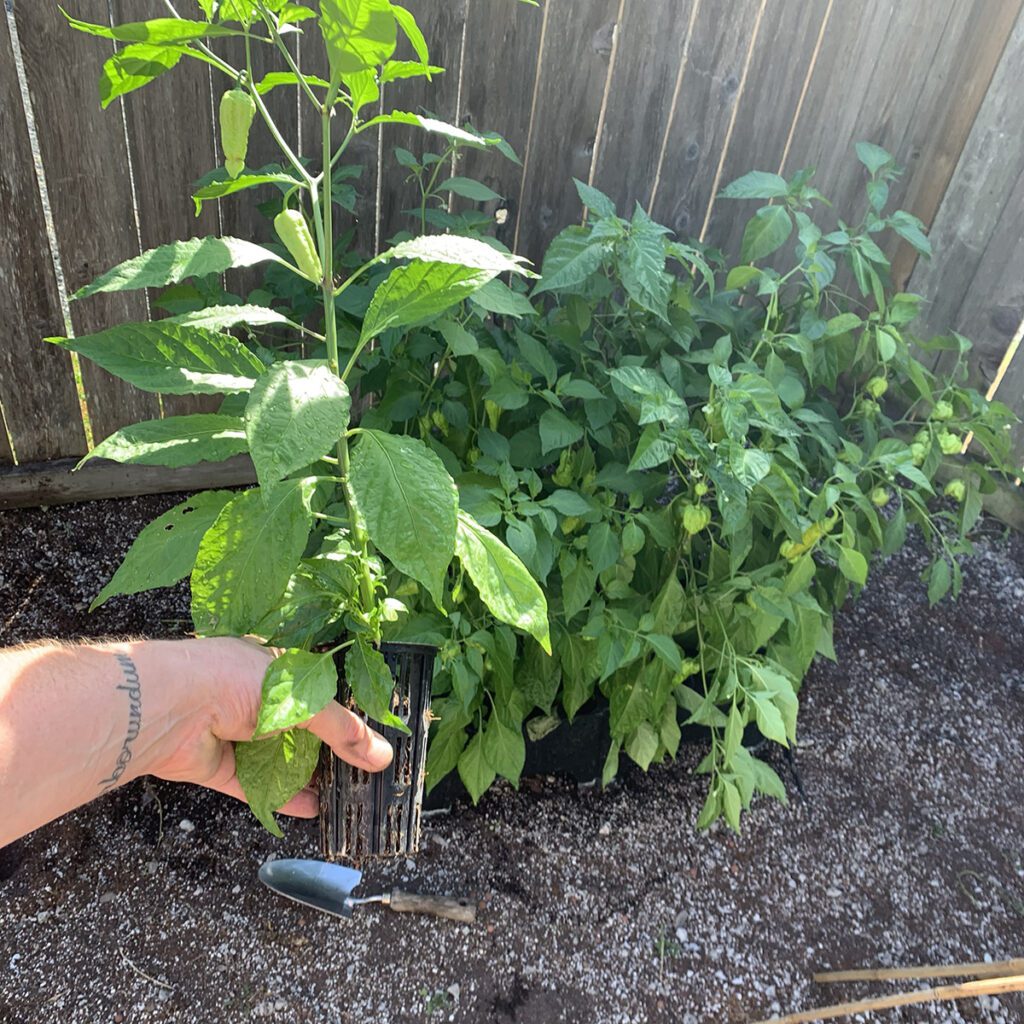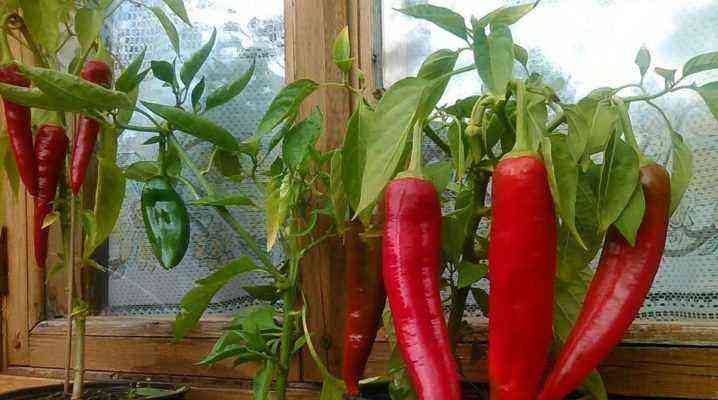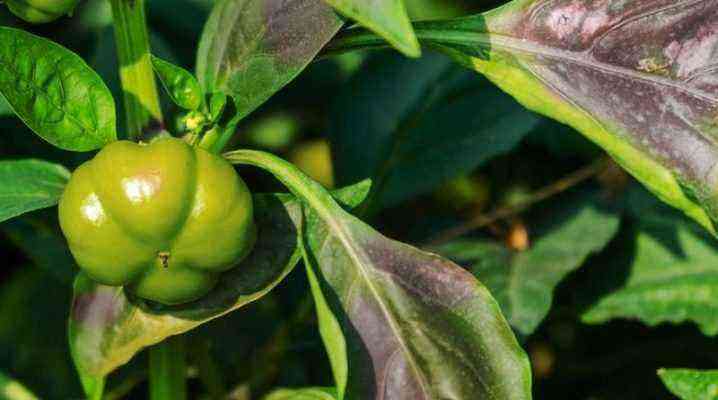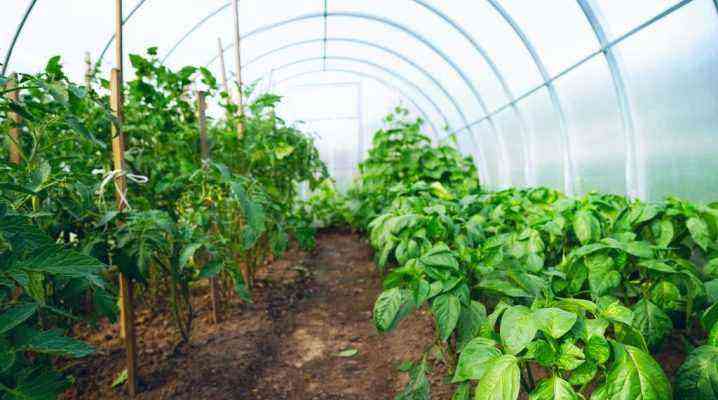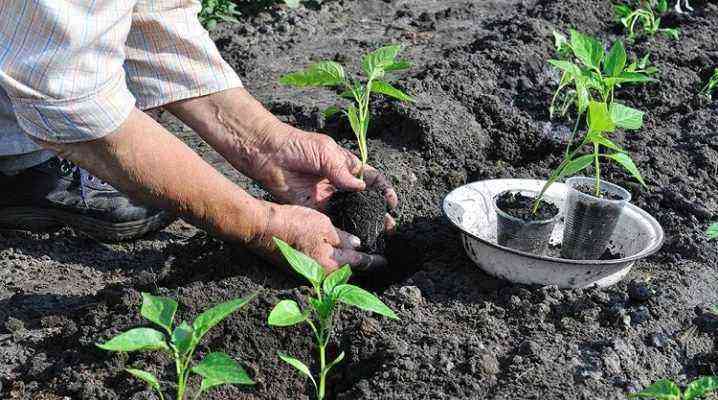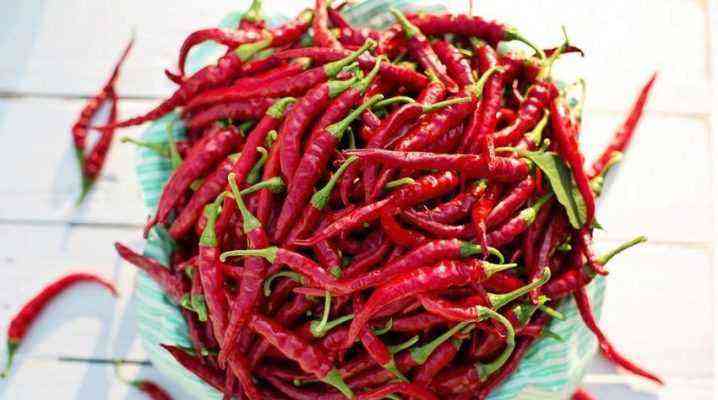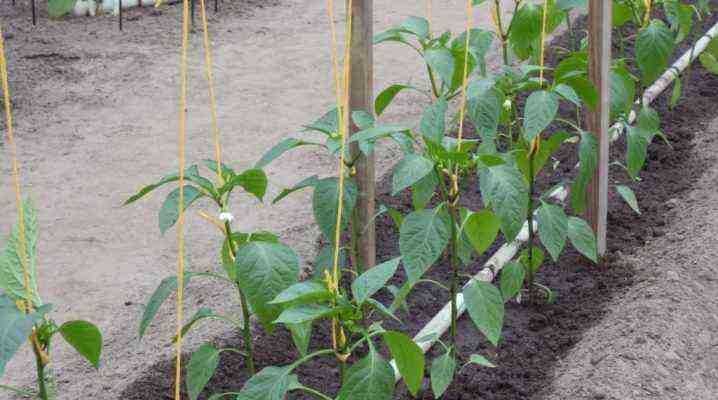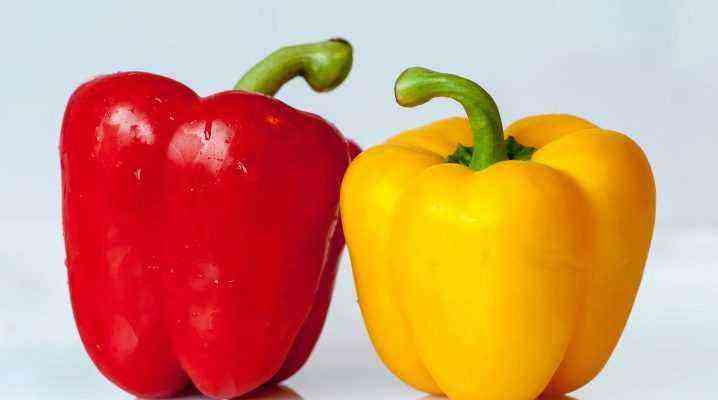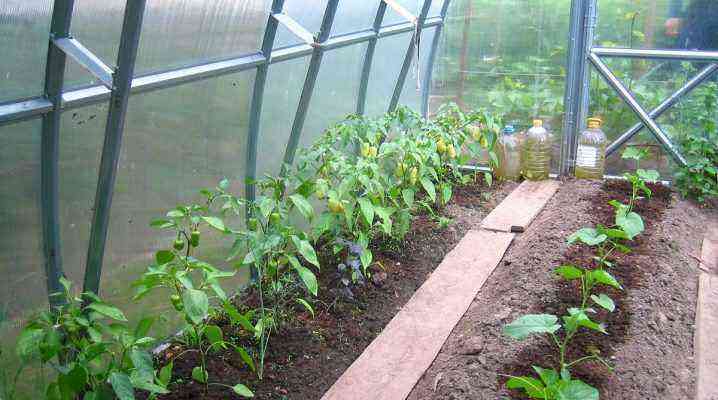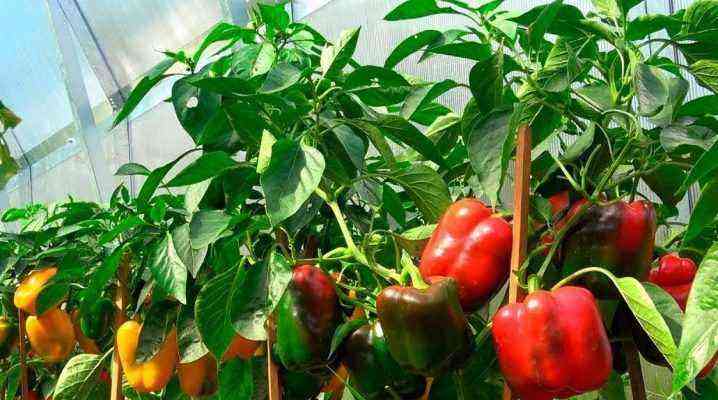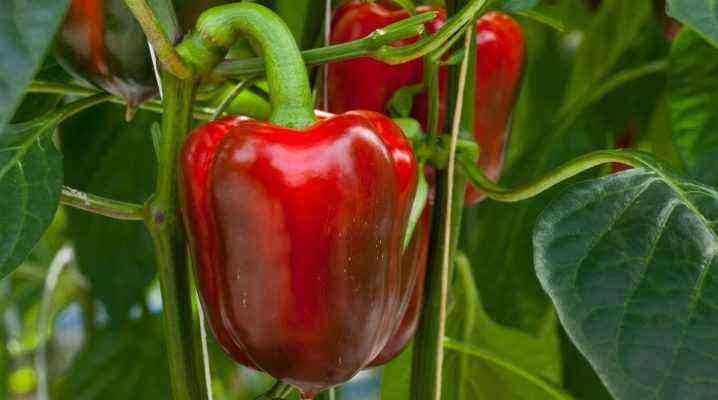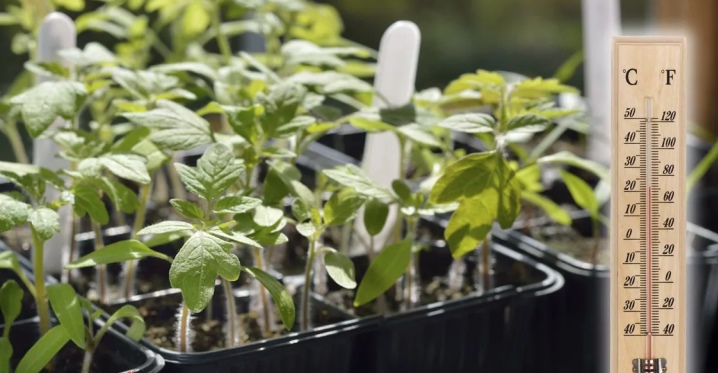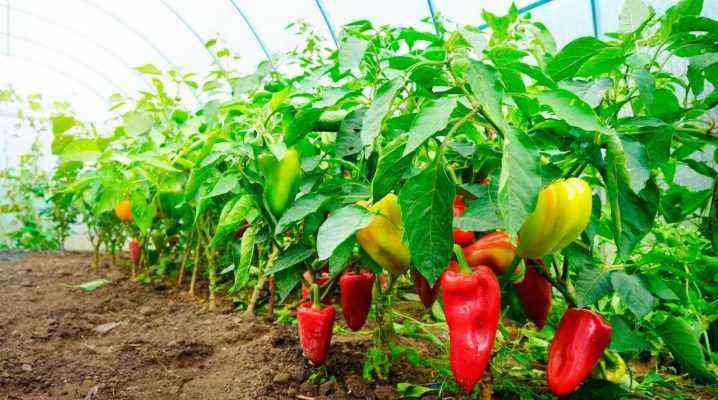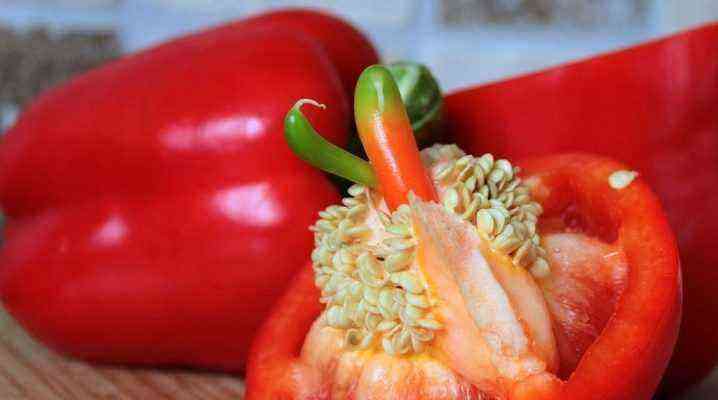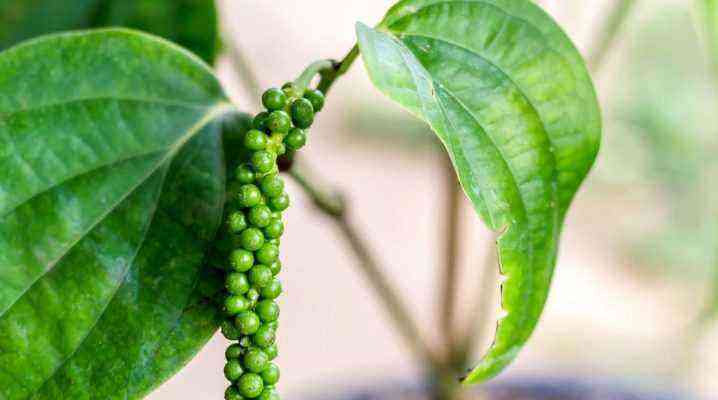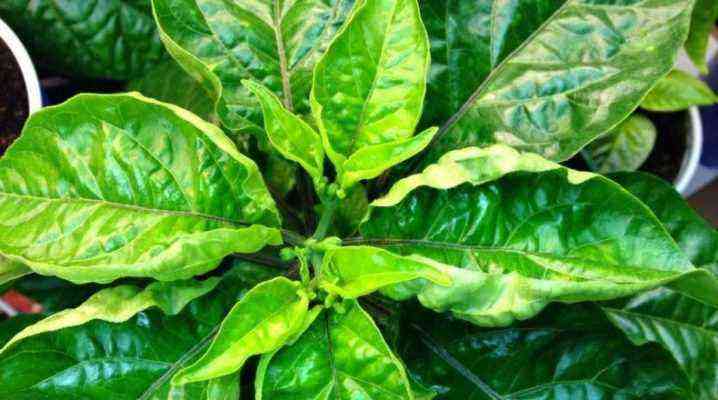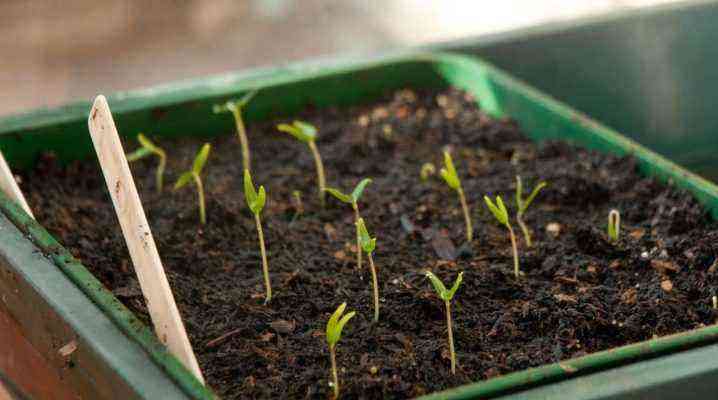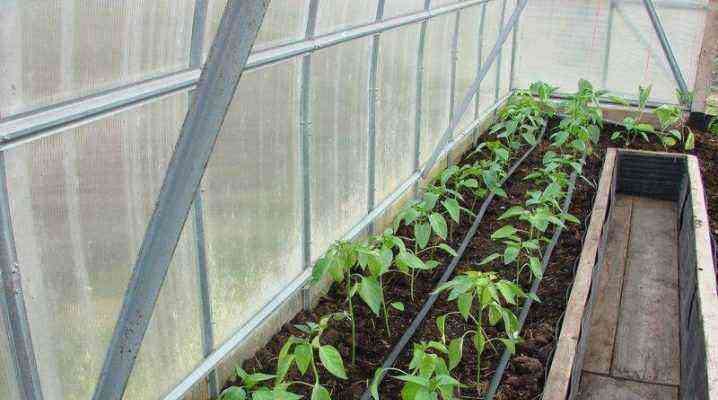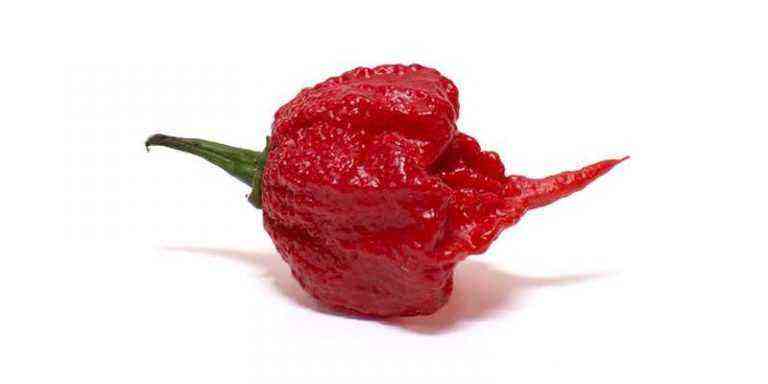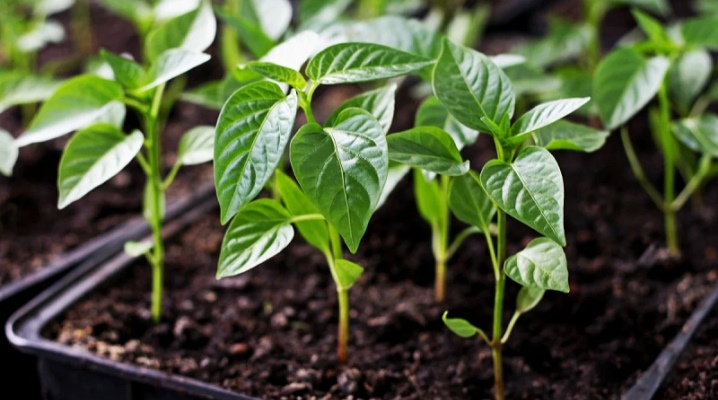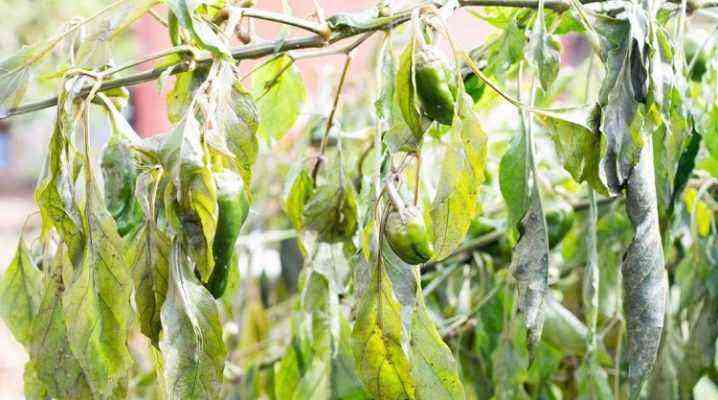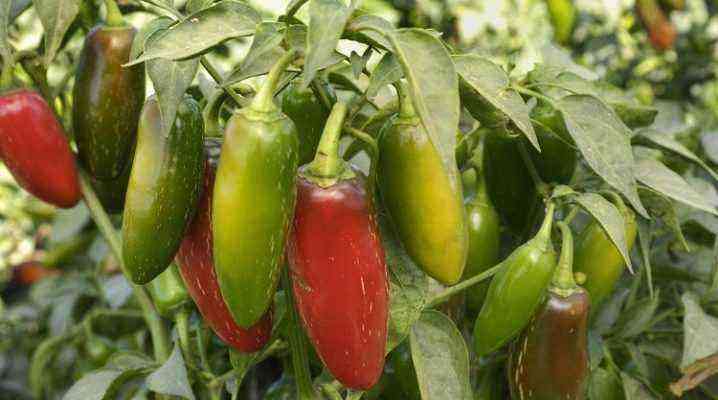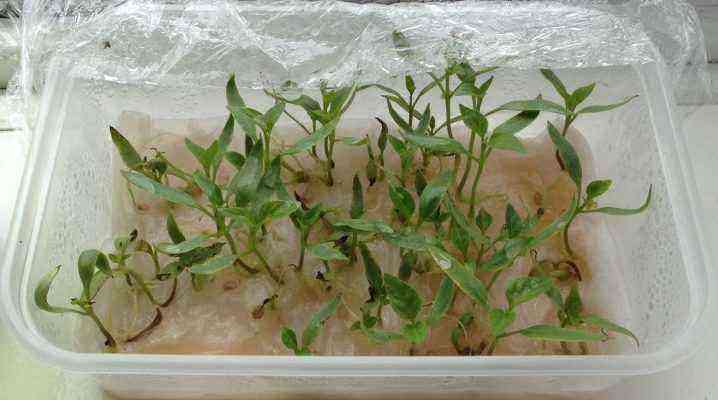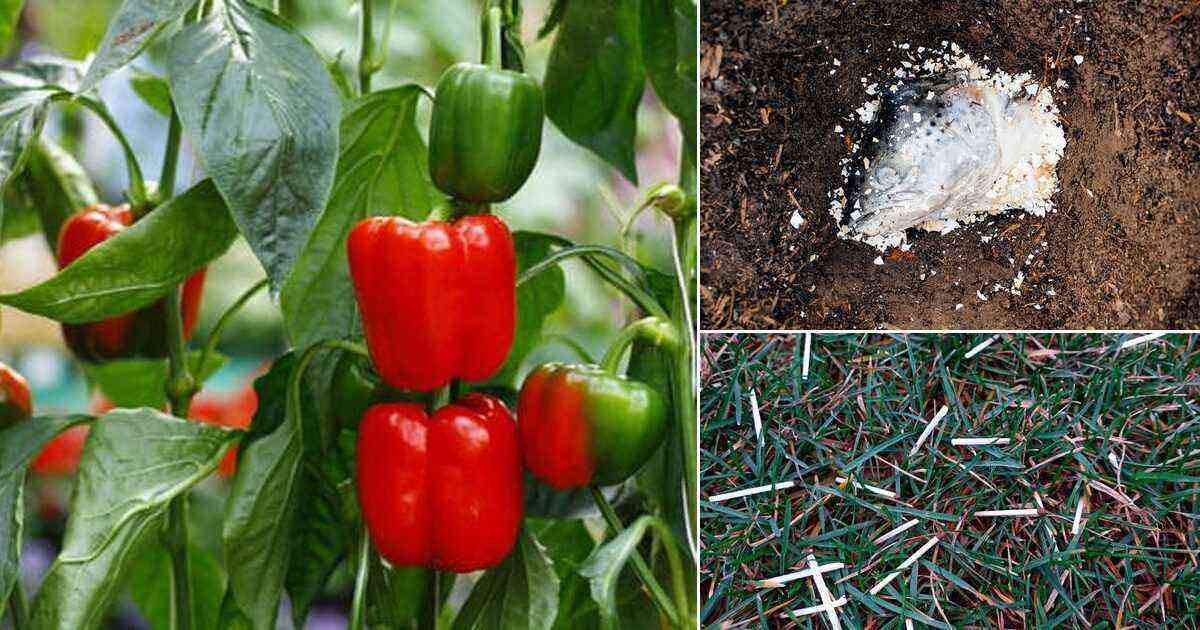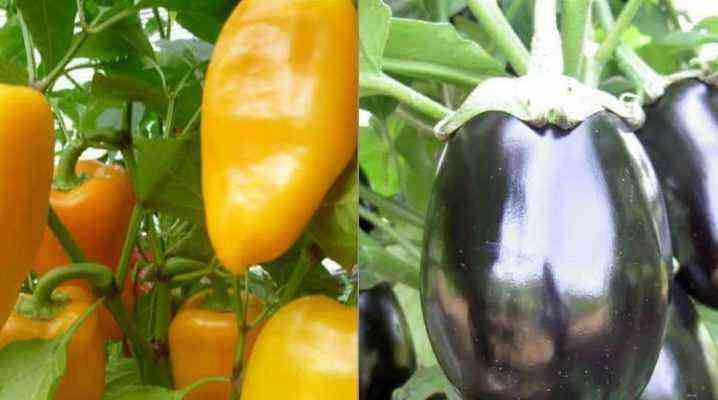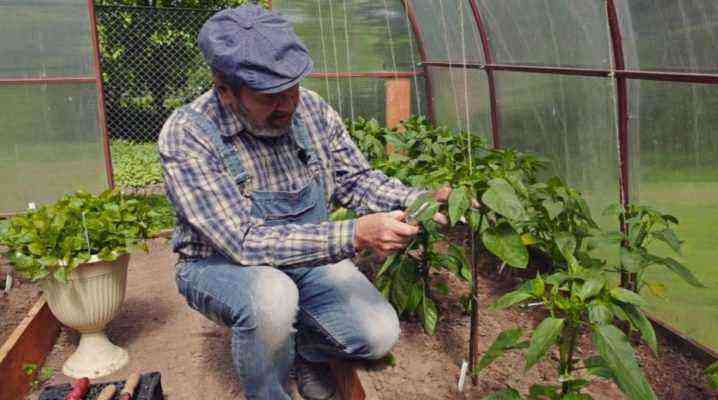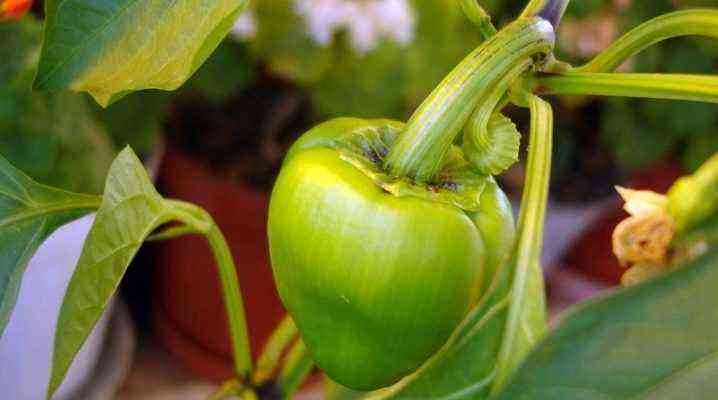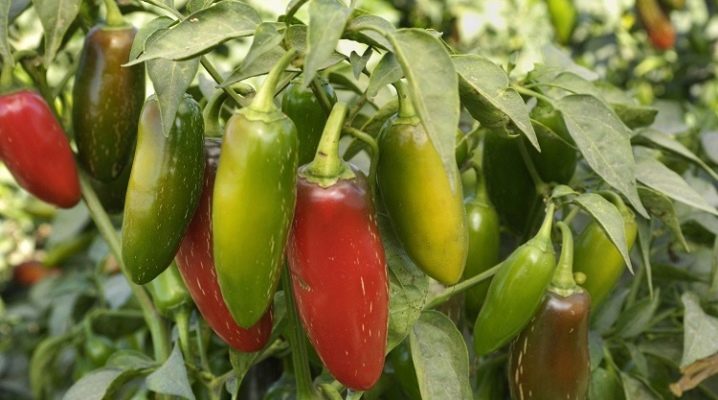
Jalapeno is one of the most popular condiments in Mexican cuisine, it gives traditional dishes a spicy flavor and a peculiar aroma. The spice belongs to the group of hot chili peppers. In our article, we will dwell in more detail on the description of the main properties and characteristics of this unusual plant, as well as give recommendations on its cultivation.

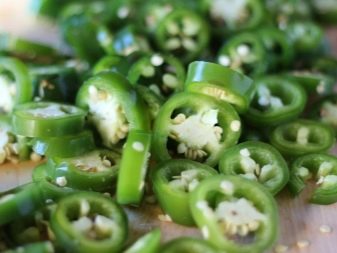
What it is?
The jalapeno pepper is native to Mexico. However, this culture very successfully took root throughout the American continent, and eventually spread throughout the world. Jalapeno got its name from the small town of Xalapa in the Mexican state of Veracruz: it is there that this culture grows in great abundance. In the people, this pepper was called the “Jalapeño bully”: this is due to its rather interesting feature. The fact is that the feeling of bitterness and burning sensation in the mouth does not appear immediately after consuming the product, but only after some time.
Jalapeno pepper looks like a medium-sized bushy plant that grows up to 100 cm. Stems branched, leaves ellipsoid. The flowers are light: from white to gray shades. Unlike all other peppers, jalapenos are characterized by a small fruit size: from 5 to 9 cm. During the growing season, 20-35 pods with thickened, very juicy walls can be collected from one plant. Moreover, the smaller the pepper, the more it is valued. Ripe ripe fruits of bright green color are considered the most spicy. Overripe peppers are red in color, they are less spicy, so they are not used raw: such fruits are either smoked or overheard.
It should be noted that jalapeno belongs to the group of hot peppers, but at the same time they have noticeable differences from the rest of the chili. So, according to the Scoville scale, the hotness of fruits from the chili category varies from 30 to 50 thousand units, and Mexican pepper gains only 2,5-8 thousand units. At the same time, the film inside the fruit and seeds give the product a high pungency: if they are removed, the taste of jalapeno will become more tender.
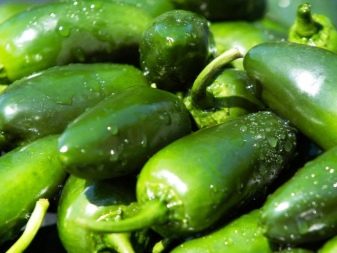
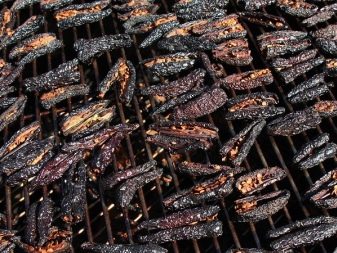
Sorts
There are several main varieties of jalapeno peppers. Early varieties are the most popular.
- Spinaltec. This hot pepper is distinguished by a peculiar type of pods that take on a pointed shape.
- Morita. The most famous variety in the territory of the former Soviet Union. The fruits of this hot pepper have a more rounded shape.
- Furry. Another hot pepper, its pods have an elongated shape and a juicy texture.
In terms of their taste and aromatic characteristics, all these varieties are similar to each other, they have similar growing conditions and impose identical requirements on agricultural technology.

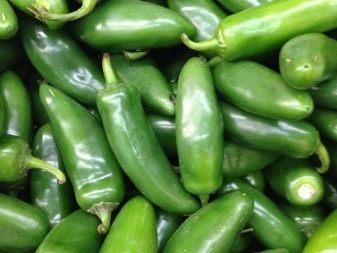
Cultivation
Despite the fact that warm Mexico is the birthplace of hot pepper, it is quite possible to grow it in our natural and climatic zone. This is a rather unpretentious plant, and the rules for caring for it are not much different from growing the familiar bell pepper.
Landing
Most often, they resort to the seed method of growing jalapenos. You can buy seedlings in any specialized store for gardeners and gardeners. Usually the cost of packing planting material does not exceed 40-60 rubles. Planting seeds is carried out in accordance with a certain algorithm.
- First, the seed must be disinfected: for this, it is kept in a pale solution of potassium permanganate for about 20-30 minutes.
- Next, the seeds are germinated. For this purpose, they are placed in damp gauze for a couple of days and placed in a warm place. Every 4-5 hours it is necessary to spray the fabric from the spray gun, preventing drying. Under the influence of heat and water, the seeds will begin to swell. After that, you can move them to a seedling container.
- For growing jalapeno seedlings, you need nutritious, well-drained soil. It is best to buy a ready-made soil mixture for garden or flower crops.
- The germinated seeds are buried in the substrate by 1,5 cm. It is not necessary to dig deeper, because in this case the grain will not germinate.
- The container is covered with plastic film or glass to create a greenhouse effect: this will speed up germination. At the same time, airing should be arranged every day for 40-60 minutes.
Usually the first sprouts appear during the first week. Seeds that did not germinate during this period can be thrown out, most likely they are not viable. The spicy spice loves heat and light very much, therefore it is advisable to grow it on the southern or southeastern windowsill, protecting it from drafts. Irrigation should be regular, but moderate. It is best to moisten the soil as the earthen coma dries up. Transplantation of plants in open ground is carried out in the last decade of May and during the first half of June.
Work is carried out after stable warm weather is established and the risk of return frosts has completely bypassed.

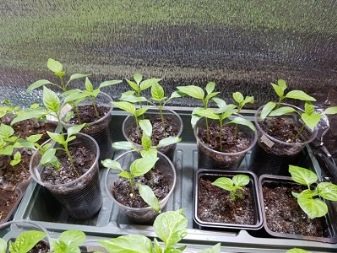
Care
It is best to grow jalapenos in a greenhouse. As soon as the sprouts reach a length of 15-18 cm, it is necessary to pinch the top to stimulate the branching of the bush. Flowering and formation of juicy fruits of pepper occurs during all summer months. Best of all, the culture grows and develops at an air temperature of 25-30 degrees. You need to plant it in a well-lit place, protected from gusts of wind. Watering is done at least 2-3 times a week. It is advisable to use warm settled water. For active fruiting, the plant requires micronutrients: potassium, nitrogen and phosphorus. Therefore, at least once every 10-14 days, the beds must be fed with potassium humate or superphosphate, and they must be applied in accordance with the manufacturer’s instructions.
At the end of fruiting, the dormant stage begins: the plant stops growing and begins to shed its leaves. At this time, you can transplant peppers into pots and move them into the house, preferably in a cellar or other cool place where the temperature is kept within 12-18 degrees. For this period, top dressing is stopped, the frequency of irrigation is reduced to one watering per week. As soon as spring comes and the plant enters the growing season, the container is transferred to a warm place, standard watering and fertilizing are returned, and at the end of spring the bush is again transplanted into open ground.
Some people prefer to grow jalapenos at home. In this case, the following conditions must be observed.
- Maintaining a comfortable temperature for hot peppers at 23-25 degrees.
- Proper watering. At home, the plant requires abundant watering, moisture deficiency causes deformation of flowers and reduced fruiting. In this case, it is advisable to take settled water, since the chlorine present in tap water can adversely affect the development of jalapenos.
- Airing. From time to time, pepper should be taken out into fresh air and aired. This is important for the prevention of fungal infections.
- Top dressing. In the flowering stage, every one and a half to two weeks, ready-made complex fertilizers should be applied to the ground.
- Transfer. As they grow, it is necessary to transplant the bushes into larger pots. After such a transplant, pinching is carried out to activate the growth of new shoots.
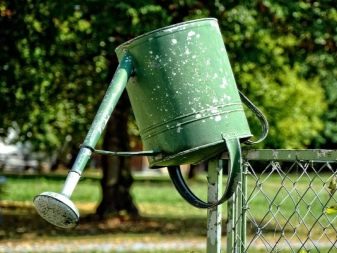
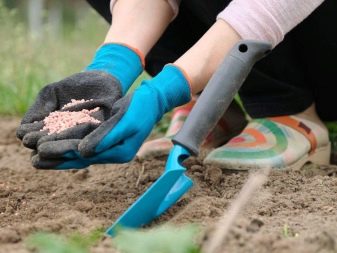
Diseases and pests
Hot pepper has a fairly good immunity. However, and he sometimes encounters fungal infections. Most often it is affected by black leg, as well as vertex rot. The causes of ailments are non-compliance with the rules for caring for the plant, for example, too abundant and frequent watering, which causes rotting of the roots. For the treatment of such pathologies, fungicides are successfully used, they are able to destroy diseases at any stage.
Jalapeno pests include spider mites, whiteflies, and aphids. Insecticides work well against them. Although in the early stages of the lesion, when there are not so many insects, folk remedies also give a good effect.
- So, tinctures of dandelion or garlic work successfully against aphids and whiteflies. To prepare a healing composition, take 2 tbsp. l. the main component, pour cool water and insist for about a day. Then the solution is filtered and the damaged bush is sprayed with a spray bottle.
- Against spider mites, a composition based on laundry soap and ammonia gives a good effect. To prepare it for 1 liter of water, take 1 tbsp. l. soapy substance and ammonia, stir and spray the plants.
In this case, it is desirable to cover the ground so that the solution does not get to the roots.
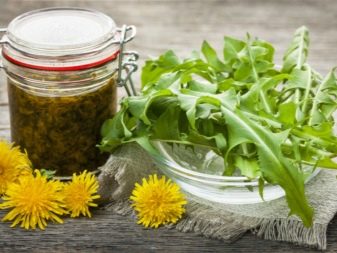
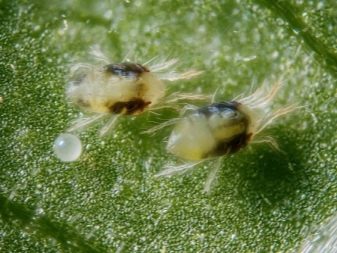
Harvesting and storage of crops
Hot pepper bushes are able to bear fruit throughout the summer months. Usually they collect peppers 5-6 cm long, having a green color. When the fruits begin to turn red, their sharpness decreases, they become sweeter and lose their piquant flavor. Tip: It is advisable to use gloves when harvesting, as the jalapeno juice can cause skin irritation.
When fresh, the pods are stored in a refrigerator, cellar or other cool place. If you are planning to prepare Mexican seasoning for future use, you can freeze it or dry it. In dried form, the spice is crushed and stored in a tin can with a hermetically sealed lid.
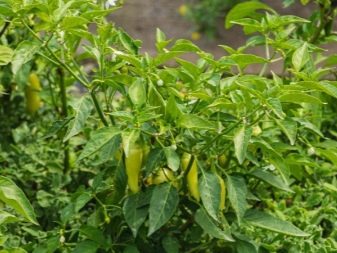

Application
Jalapeno peppers are ubiquitous in cooking. It can be washed, dried, smoked, and also frozen for the winter and marinated so that it crunches appetizingly. Spicy pods become the basic component of all kinds of sauces, pepper is added to the second meat, vegetable, fish dishes and snacks. By the way, in the homeland of this product, soft drinks made from jalapenos, tomatoes and citrus fruits are very popular. By the way, this pepper has very unusual uses. In a number of countries, sweets are made from it: they make jam or glaze it in chocolate.
Hot jalapeno is highly valued in folk medicine. This is due to the high content of useful micro and macro elements in it. The product is rich in vitamins A, C, PP, as well as group B. Jalapeno is a real pantry of minerals, it contains magnesium, phosphorus, potassium, selenium, zinc, sodium, calcium, and carotene. This composition has a strengthening and healing effect on the human body. Pepper acts as an antimicrobial, antiseptic, antiviral, immunomodulatory, analgesic and even antidepressant. In alternative medicine, it is often prescribed to stimulate the digestive processes and eliminate the pathology of the gastrointestinal tract.
Pepper contains a high concentration of substances that activate blood circulation. Therefore, it is widely used in cosmetology to create masks and anti-cellulite wraps. Tonics and lotions based on spices are widely used to improve the condition of hair and their speedy growth. Due to the antibacterial properties of jalapeno, it quickly fights sweaty feet, for which regular baths with a decoction of this Mexican vegetable are recommended.
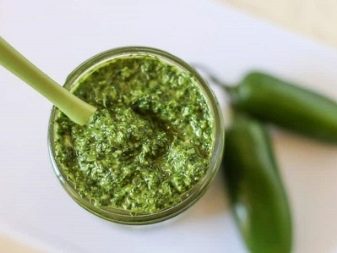

However, it must be borne in mind that uncontrolled and immoderate consumption of any hot peppers instead of the expected therapeutic effect can lead to the exact opposite result and cause problems in the state of organs and tissues. Contraindications are as follows:
- burns, abrasions and other violations of the integrity of the oral mucosa;
- bleeding and weakened gums;
- the presence of tonsillitis, tonsillitis and other inflammatory processes on the tonsils and tonsils;
- pathology of the digestive system in the acute stage, stomach and intestinal ulcers, colitis and gastritis;
- disorders in the functioning of the urinary system;
- the presence of individual intolerance to the product, which manifests itself in the form of allergic reactions.
You also need to keep in mind that it is not allowed to apply cosmetic masks, lotions and tonics with this pepper to the body in the presence of cracks, wounds, abrasions and other skin damage. It is not recommended to use the product for children under 12 years of age, as well as for pregnant and lactating women.
To minimize the risk of negative consequences, jalapeno-based dishes should be consumed with great care. It is advisable to consult with your doctor first.


